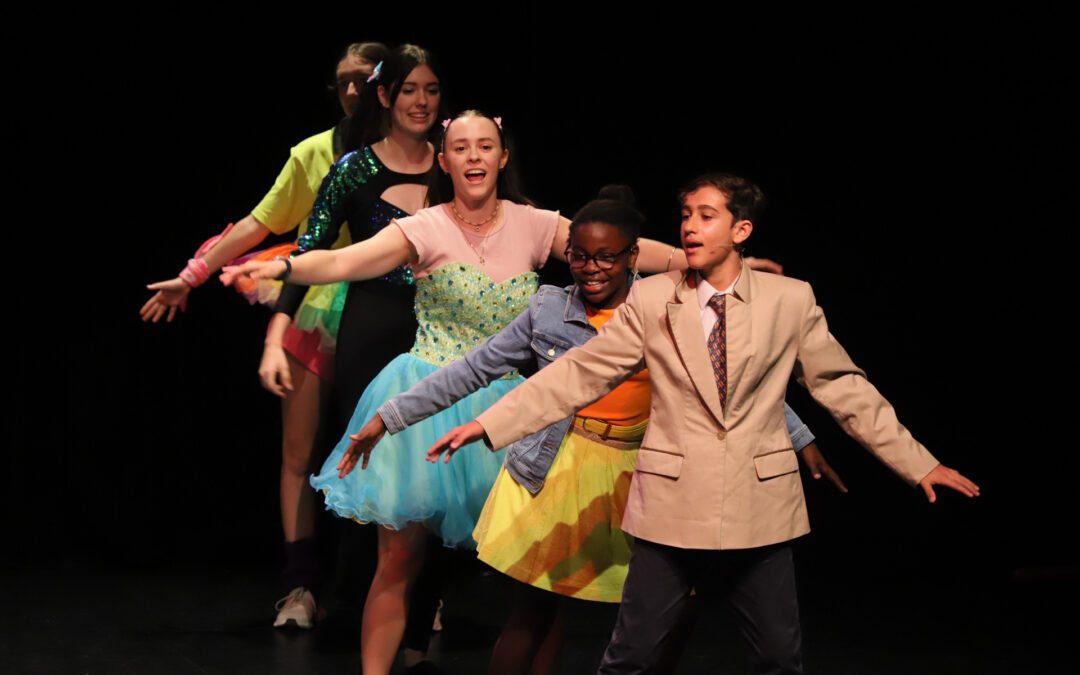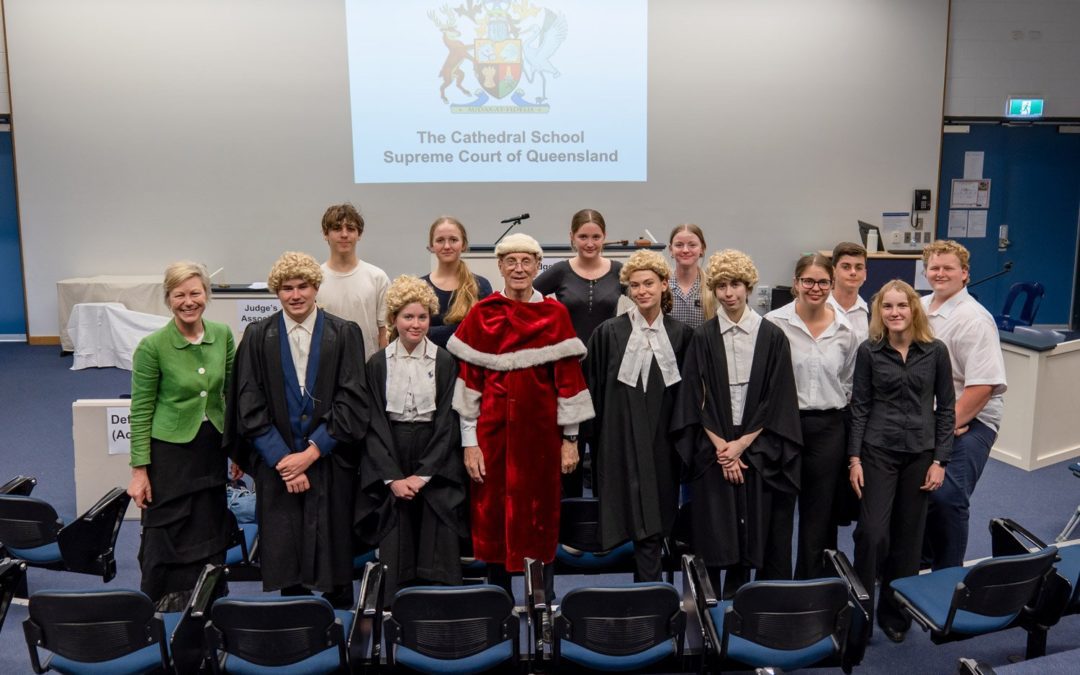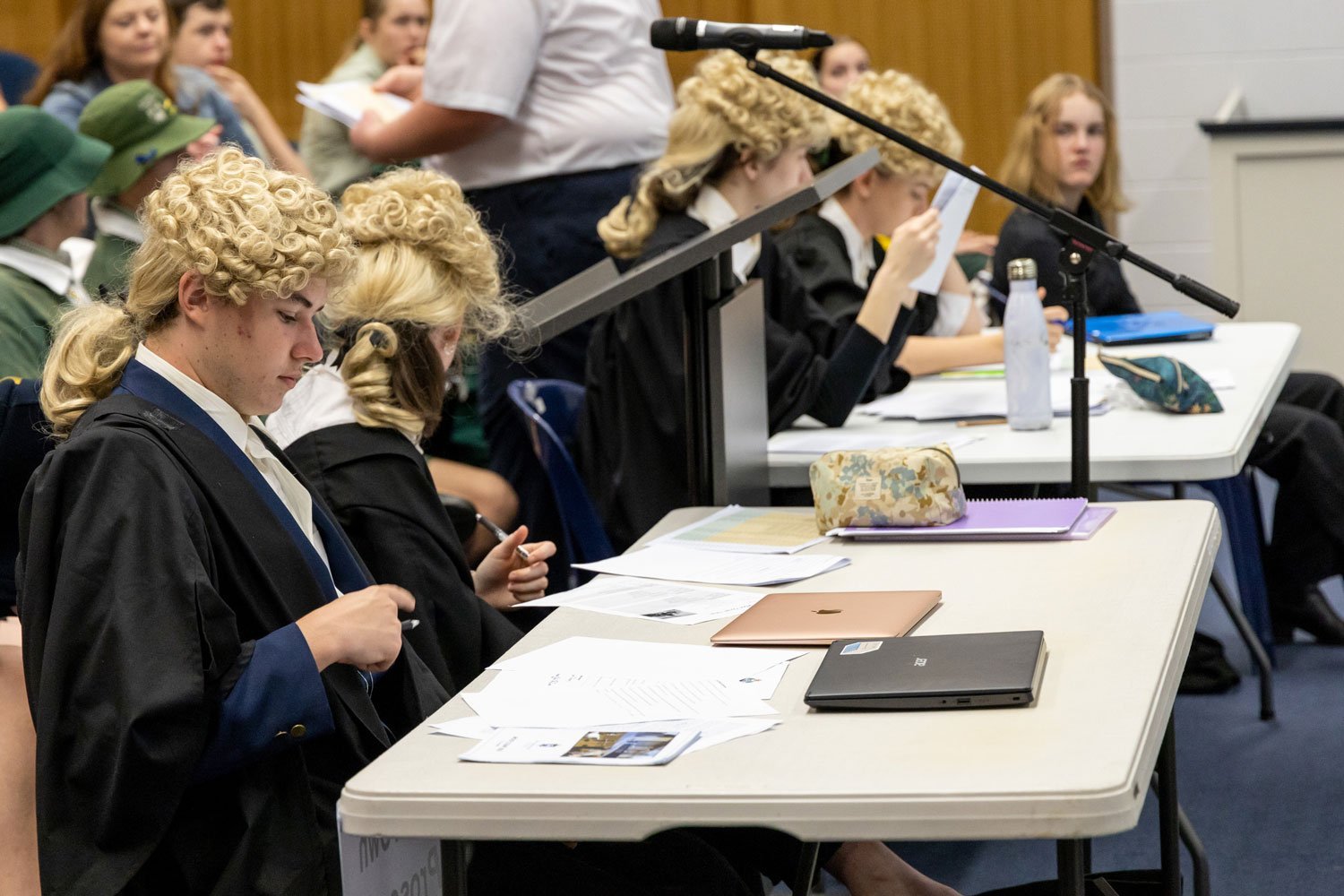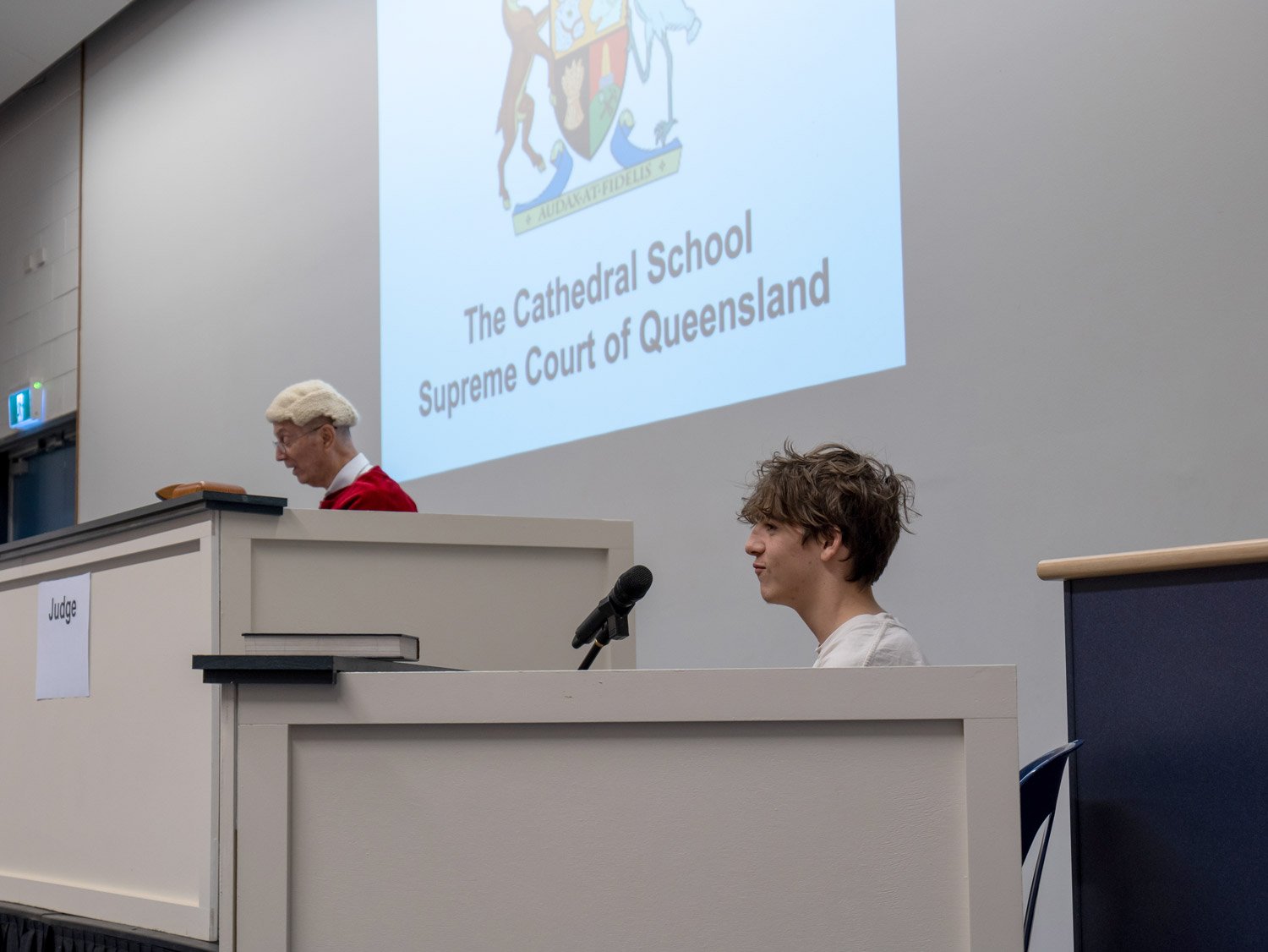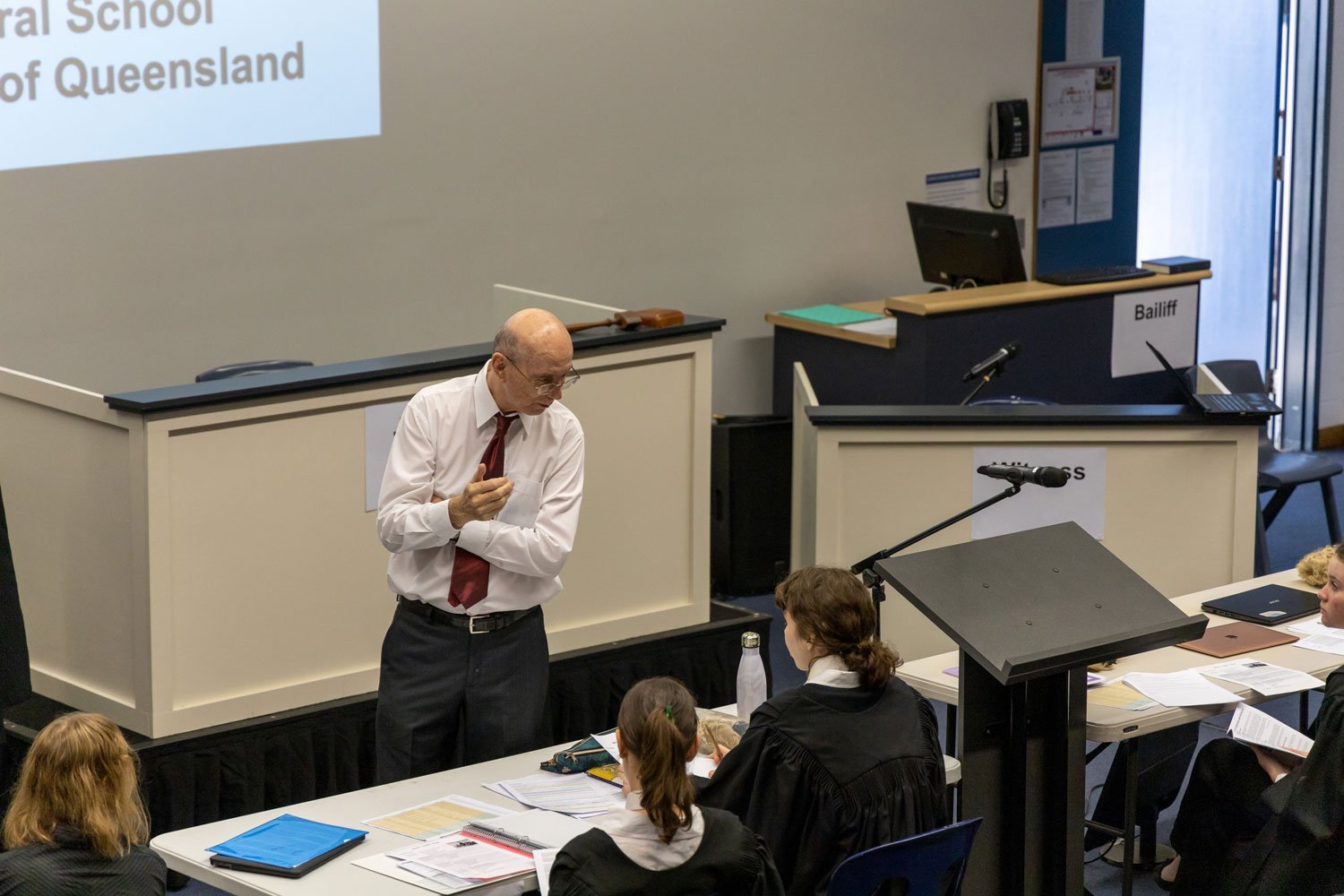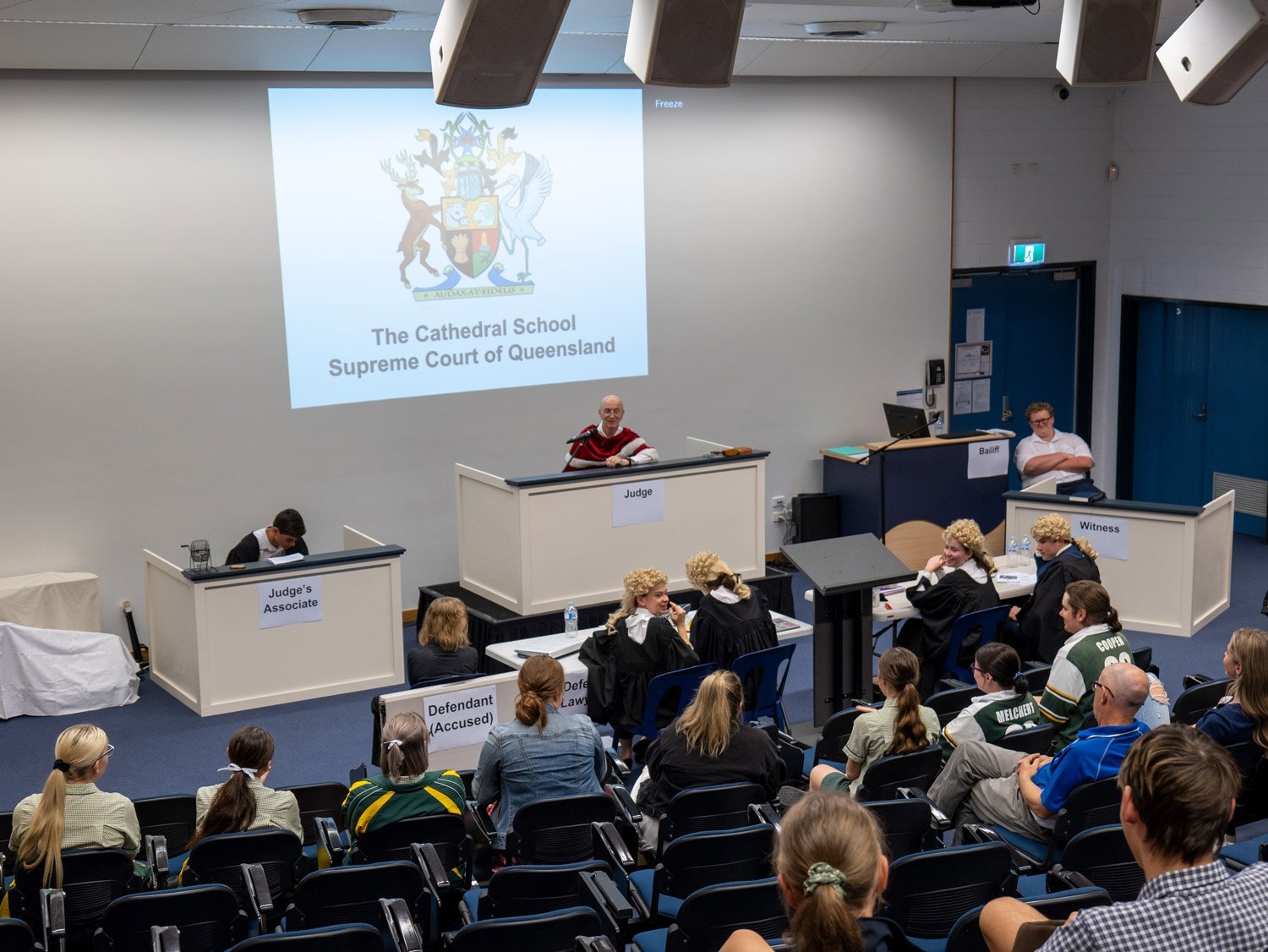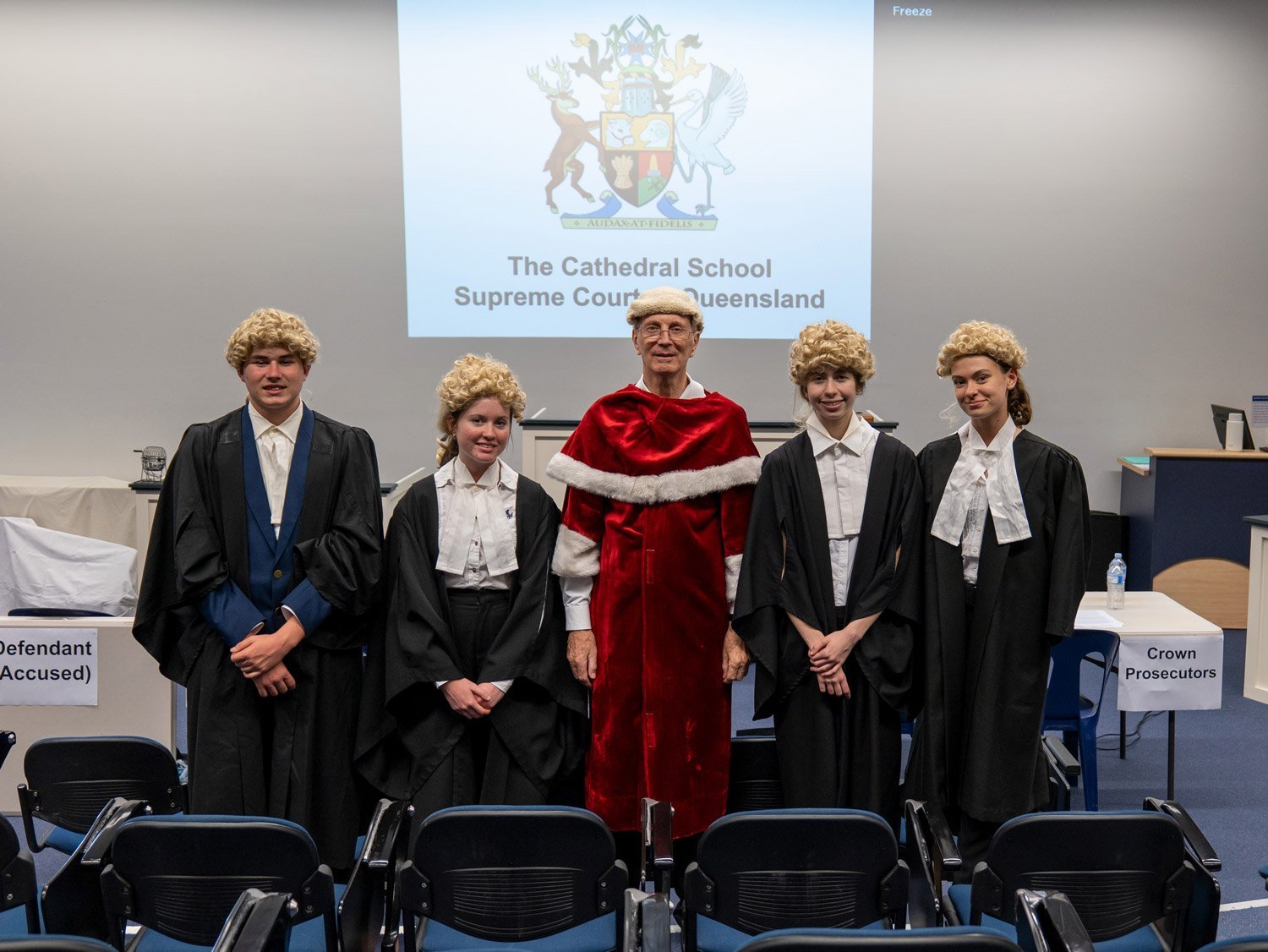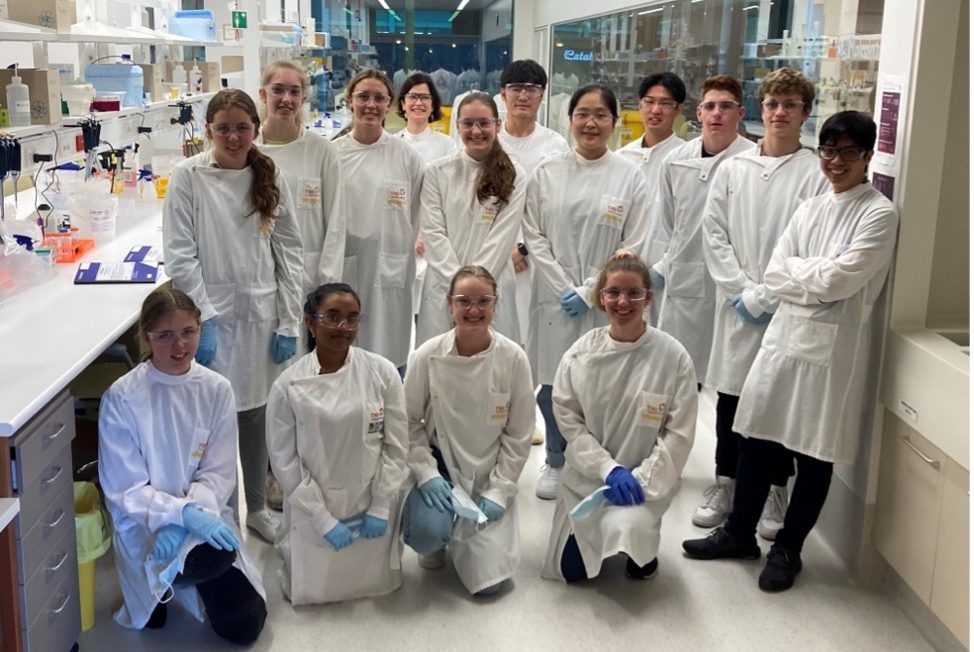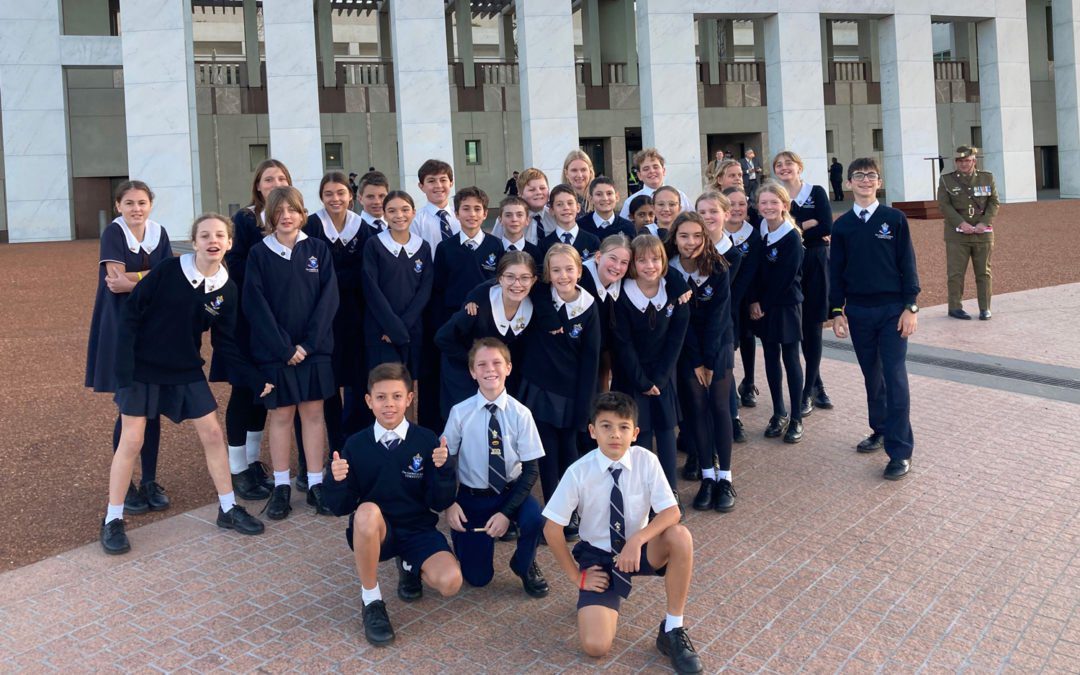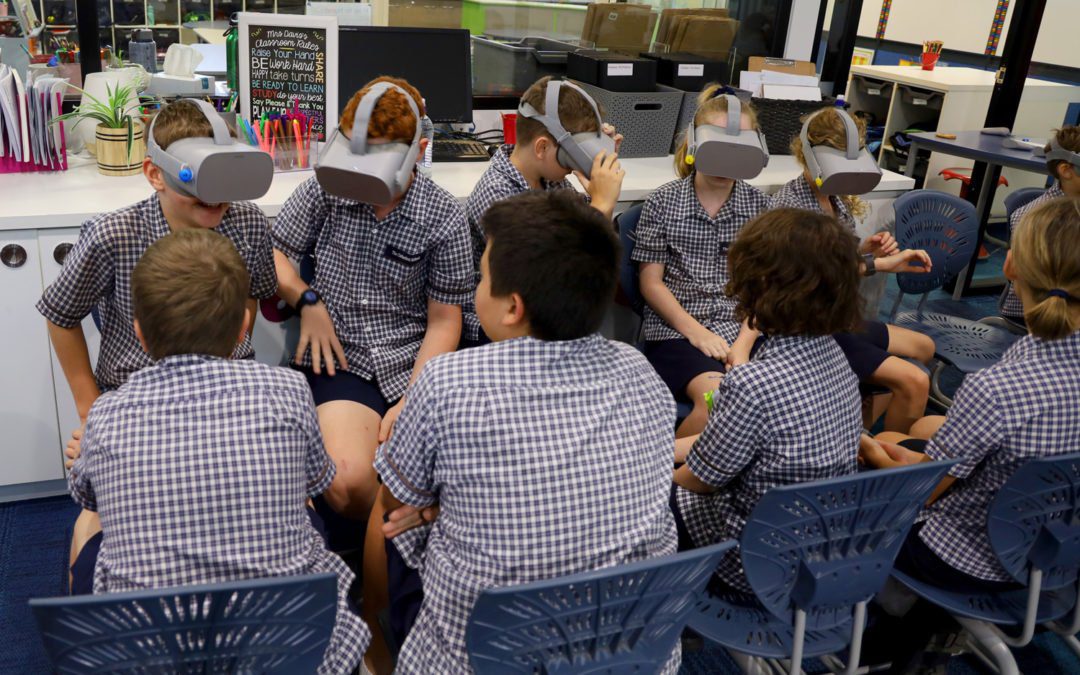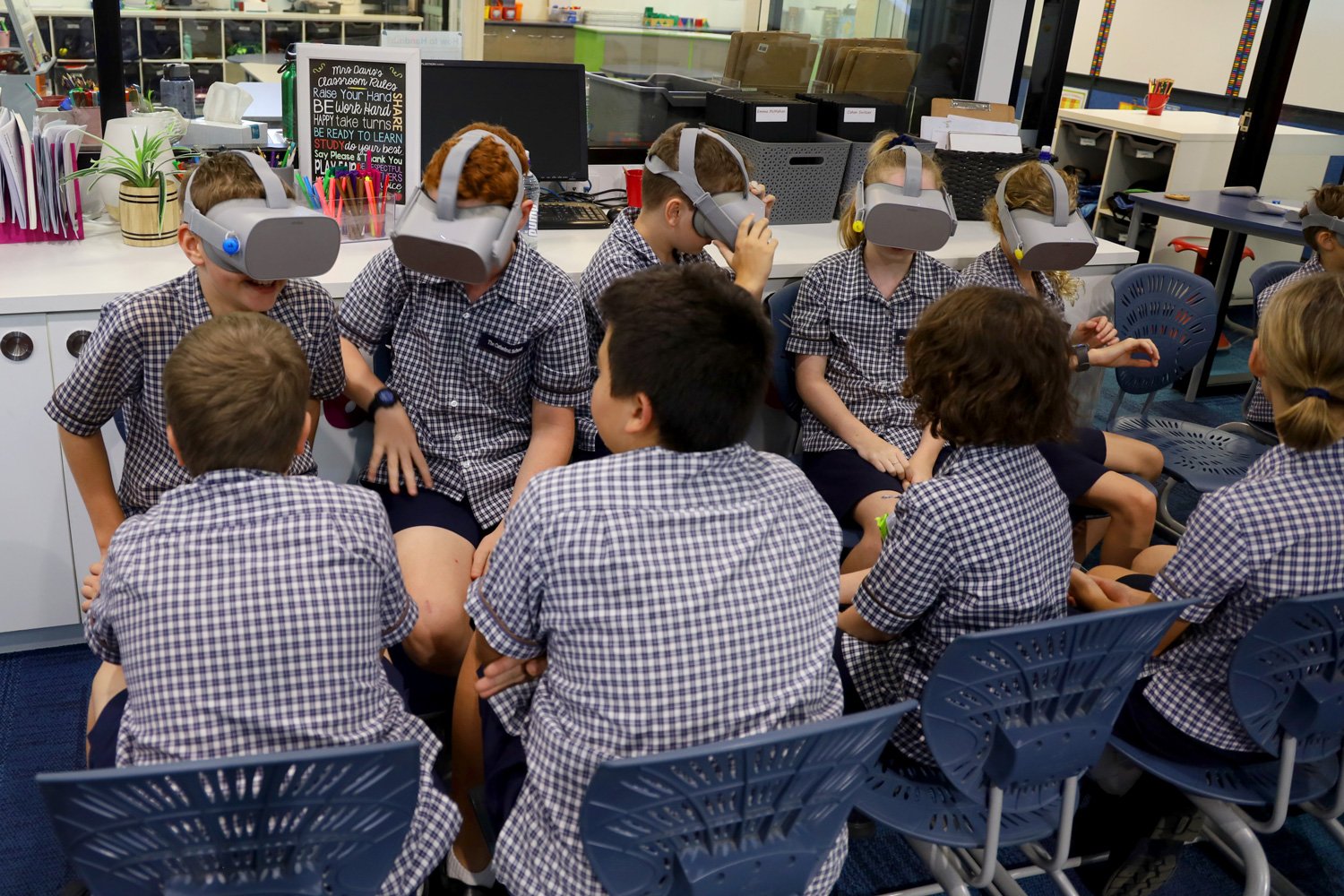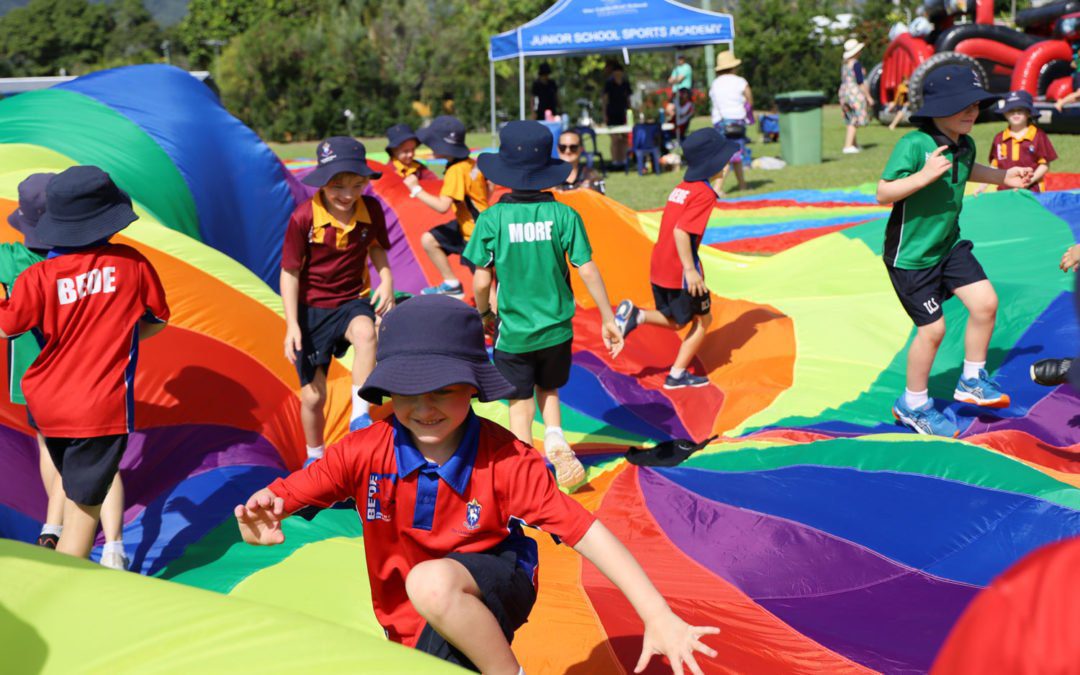If a child were given a knife, or a teenager a car without proper instruction and they were harmed, there would be a public outcry of parental incompetence, and news headlines would trend far and wide. However, in a societal juxtaposition, these same children are being handed technology by their parents in the form of phones, laptops, televisions, or consoles which are used incompetently and have led to physical, emotional, and social harm – and it is the technology to blame not the parents.
Firstly, we need to recognise technology for what it really is, a tool. Just like a knife, a hammer, or a car, it is a simply a tool. Throughout history humans have used tools to make daily tasks easier – and as the complexity of the task increased, so to the complexity of the tool.
We spend our lives mastering tools. As children, we begin with our eating utensils through a thoughtfully orchestrated sequence – spoon, fork, knife. The innate gradual release of responsibility from parents for infants ensures that the infant has mastered the blunt, smooth spoon before graduating to a pointy fork, and then the sharp knife.
The same can be said for all tools to a varying degree, no matter our age. When we first look to use a tool, we are usually instructed by those more experienced before we embark on individual usage. As adults, we don’t drive a vehicle or operate a new power tool without being taught. It is too dangerous. Yet when it comes to technology, it is frequently given to our children with little or no instruction.
At this point, I should highlight that I am an advocate for technology. Technology is arguably the most versatile and revolutionary tool, reinventing almost every aspect of society through convenience, efficiency, and end-user simplicity. Technology is delivering everything and anything to our home, it is saving endangered animals, it is connecting people around the world, and it is allowing us to harness energy from renewable resources – it is irrefutably ingrained as part of our lives now, and our children’s lives in the future.
Why does technology, just another tool break the ingrained parental construct of gradual release to our children? The versatility of technology hides its inherent danger from parents. What is bought as a toy, or a communication device, or a resource for education can do that but so much more. It is in this “much more” where the dangers lie for our children and as parents, we aren’t aware, or we don’t recognise this danger for our children.
The “much more” is like the technology, it is constantly evolving, and this is where it becomes seemingly difficult for parents to keep up. Visible dangers like cyberbullying, viewing pornography, unwanted contact, and sexting are ever-present. Less visible are the impacts to self-esteem dealt by endless social media streams depicting the unattainable, or the need for gratification through success when online gaming; or time online, not just gaming or scrolling social media but streaming endless libraries of movies or TV series. And finally, the physical impacts on posture and eyesight from overusing these devices – especially as the devices get smaller.
